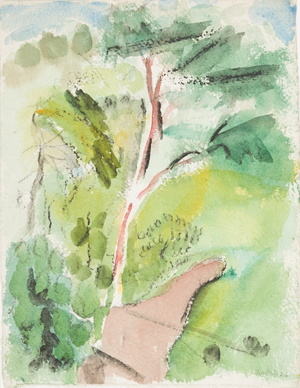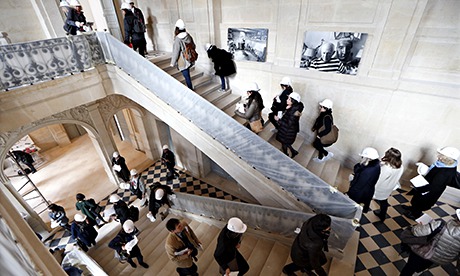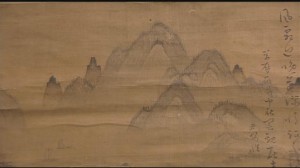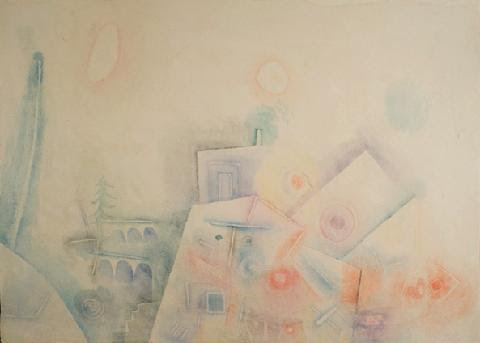There are at least three notable aspects of the gift announced the other day by the Fine Arts Museums of San Francisco: the Thomas W. Weisel Family has donated about 200 objects of Native American art to the museum. They were amassed over three decades by Weisel, an investment banker who profited mightily as a pioneer of the tech industry in Silicon Valley.
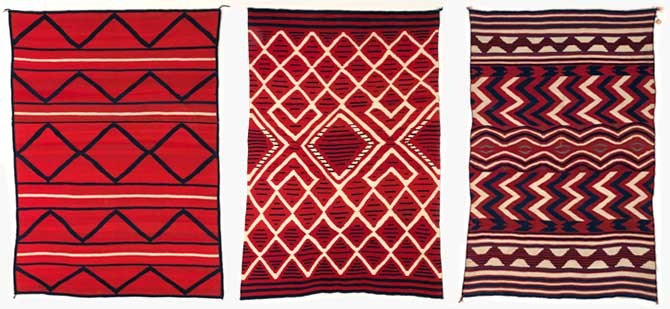 It’s a good match for the FAMSF. The gift includes works that span nearly a thousand years, “from 11th century Mimbres ceramics to 19th century works,” according to the press release (not yet posted on its website). FAMSF’s current Art of the Americas collection lacks many things that the Weisel gift has, such as two Navajo first-phase blankets (ca. 1820s‒1850s) and Plains ledger drawings. As a result, “the gift will enable a new presentation of the art of the Americas, including major pieces of monumental Northwest Coast art…” and those ledger drawings.
It’s a good match for the FAMSF. The gift includes works that span nearly a thousand years, “from 11th century Mimbres ceramics to 19th century works,” according to the press release (not yet posted on its website). FAMSF’s current Art of the Americas collection lacks many things that the Weisel gift has, such as two Navajo first-phase blankets (ca. 1820s‒1850s) and Plains ledger drawings. As a result, “the gift will enable a new presentation of the art of the Americas, including major pieces of monumental Northwest Coast art…” and those ledger drawings.- The gift came with an endowment that “will enhance our capacity to study these objects from a variety of perspectives and to develop educational and scholarly programs around the collection.”
- The “carefully chosen artworks can substantiate the emerging scholarly theory that, through technical analysis, archival research and visual comparisons, it may be possible to recognize the hands of the individuals who created many of these works.” This is a subject I have written about, here in The New York Times in 2011 and in several places here on the blog (here, for example, and here, too).
About 70 of the artworks, said to represent the collection’s entire range, will go on view beginning May 3 in an exhibition titled  Lines on the Horizon: Native American Art from the Weisel Family Collection. Arranged “by culture and chronology,” it “explores important themes in Native American art including floral, animal and landscape motifs and symbolism, and examines the long history of changing regional styles throughout the American Southwest.”
Colin Bailey, the museums’ director, called this “a transformative gift of art, of an unparalleled depth and scope.” From afar, I tend to agree.
Photo Credit: Courtesy of FAMSFÂ

